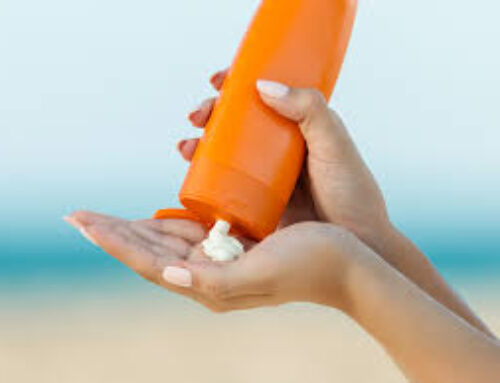In a major step forward for sunscreen science, the Double Plate Method (DPM) has just been recognized as an official ISO standard (ISO 23675:2024). This fully in vitro SPF testing method, developed by experts at Cosmetics Europe, marks a pivotal shift in how sun protection efficacy can be measured without exposing human volunteers to harmful UV radiation.
What is the Double Plate Method?
The DPM is a laboratory-based method that uses two polymer plates designed to mimic the texture and topography of human skin. These plates are coated with sunscreen by a robot to ensure consistency and then analyzed using a spectrophotometer to measure UV absorbance. This removes the variability introduced by human application and assessment, which has long been a limitation of traditional in vivo testing.
Why It Matters
Until now, the gold standard for measuring Sun Protection Factor (SPF) was an in vivo method (ISO 24444:2019) that required testing on human skin, including inducing erythema (sunburn) to assess product performance. The DPM eliminates this need entirely. Not only is this a major ethical improvement, but it also improves reproducibility, reliability, and cost-effectiveness.
Key Advantages of the DPM
-
Ethical innovation: No human volunteers are required, removing the need to expose skin to damaging UVB rays.
-
Reproducible results: Automated application and standardized testing provide consistent outcomes across labs and testing runs.
-
Year-round testing: Unlike in vivo methods that require untanned skin, the DPM can be used any time of year.
-
Validated accuracy: Hundreds of products have shown strong correlation between DPM and traditional SPF testing results.
-
Cost-effective: While robotic equipment is an upfront investment, the method reduces long-term costs for manufacturers.
A Win for Science and Consumer Safety
The DPM aligns with the European Commission’s long-standing recommendation to favor in vitro sunscreen testing methods for UVA and UVB protection. By eliminating human subjectivity and variability, it offers a more objective path to SPF validation. As this method becomes more widely adopted, consumers can expect more accurate labeling and safer sun protection standards worldwide.




Leave A Comment